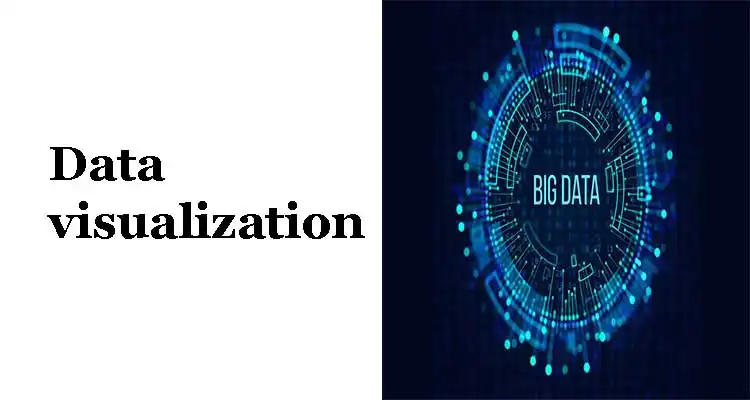Data is growing at a rate that is almost unimaginable. By 2020, it is estimated that there will be 44 Zettabytes of data generated every month. This huge amount of data needs to be visualized in a way that an ordinary person can understand. Otherwise, it simply becomes meaningless symbols on a page. It is the job of data visualization to make sense of this data. This blog will look at why data visualization is more important than ever before.
What is Data visualization?
Data visualization is the most powerful way to communicate and convert data into knowledge. It is the most effective way of making information easier to understand and retain. It is one of the most important tools for data scientists and data analysts.
This is crucial in almost every field. It is used by teachers to present student test results and by computer scientists examining developments within AI, by researchers studying advances in artificial intelligence (AI), and by executives seeking to communicate information with their other stakeholders. It also plays a crucial part when it comes to big dataset projects. Since businesses had accumulated huge quantities of data in the beginning days of the big data trend, they required the ability to quickly and easily gain a comprehensive view of the data. Visualization tools were a perfect match.
Why is data visualization important?
Data visualization is a fast and efficient way to convey information in a general way through visual information. This practice also helps companies determine the factors that influence customer behavior, pinpoint areas that require to be enhanced or require more focus; make information more memorable to those who are involved to know what and when to use particular products, and forecast sales numbers. Other advantages of data visualization are the following:
- the capacity to process information rapidly increases understanding and makes quicker decisions
- A better understanding of the next steps to be taken to improve the efficiency of the organization;
- an increased capacity to hold the interest of the public in the information that they are able to comprehend;
- the easy dissemination of information that also enhances the possibility of sharing information with all those involved;
- Eliminate the need for data scientists, since data is accessible and understandable
- the ability to respond to information quickly, and thus get results faster and with fewer mistakes.
What are the data visualization tools?
Data Visualization is a set of techniques for creating visual representations of abstract data to amplify cognition of the environment that surrounds us. These Tools are used to create these images and infographics. The visualizations these tools produce can be static images that help visualize trends, or they can be dynamic and interactive which help to show relationships. They can be 2D or 3D and are interactive to help a user understand the data in the best way possible.
The tools used for Data Visualization are a combination of various design elements that can also include data tables, graphs, charts, maps, and infographics. This is used for a number of different fields including business, arts, and entertainment as well as big data to name a few.
Example
Here are some examples of data visualizations.
- infographics
- bullet graph
- heat map
- bubble clouds
- fever charts
- time-series charts
Two major kinds of visualization of data? Exploration contrasts with. explanation
We’ll explore specific kinds of data visualization in the future however, for the moment it’s crucial to differentiate between explanatory and exploratory visualization of data.
In short the term “exploratory data visualization” can help you understand what’s hidden within your data. Also, visual explanation helps you explain what you’ve discovered. The exploration process takes place while you’re still looking through the data, and an explanation occurs at the end when you’re prepared to present your results.
Read more- Electric Toothbrush Charger not Working
Exploration
If you’re faced with a brand new data source among the first actions you’ll perform is conduct the exploration of the data. This is the time to look at the data and discover certain of its key features to lay the basis for more in-depth analysis. Visualizations help you discern what’s contained in your data and identify any significant patterns or oddities. In the end, you’re getting a basic understanding of the ground and gaining clues about what your data may be trying to communicate to you.

